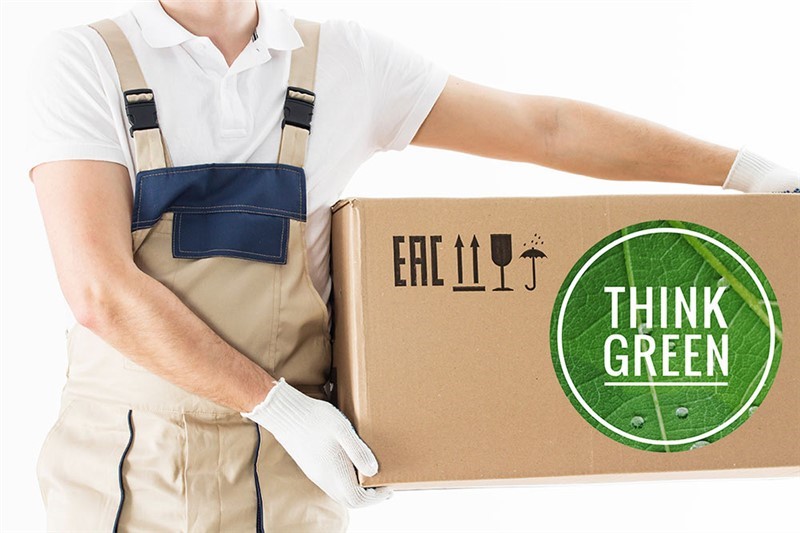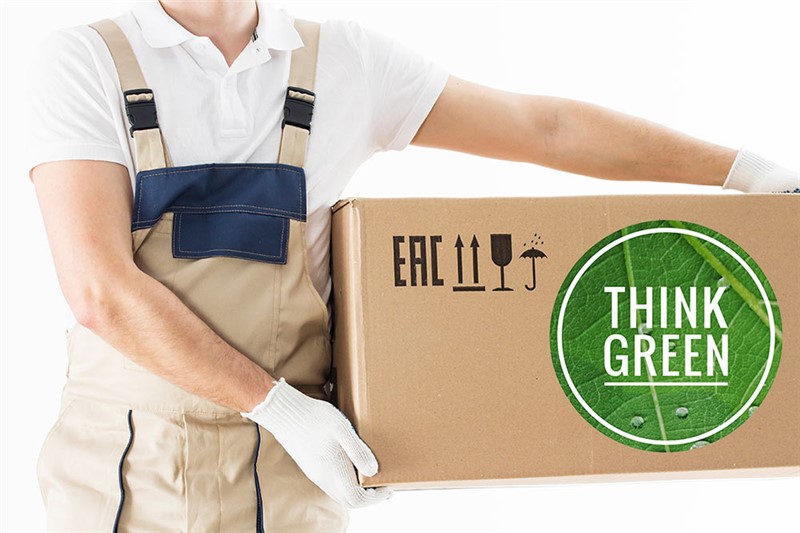While most of your possessions can be packed up in boxes and trusted to your chosen
Durham movers, extra precaution needs to be taken while transporting your fish. Here are a few tips for safe travels with your water-bound pets.
Storage Containers
If you have a large aquarium with multiple fish, you may have to put them into separate moving containers due to space restrictions.
BestFish.com suggests using styrofoam containers that can be purchased at your local pet store - these are ideal due to their insulating properties. If you're traveling a long distance, then you may want to use a container made out of a more durable material, such as plastic.
Water Quality
You'll want to transport your fish in the water from your aquarium. Tap water could have traces of chlorine, and your pipes could also cause it to have small levels of copper. To ensure that the water is fresh, you should wait until the last minute to transfer your fish into their moving containers. If you have a long trip ahead of you, you may want to have a couple spare containers filled with fresh water so you can transfer the fish once their water gets soiled. To prevent waste from rapidly building up, you may want to feed them sparingly right before the move.
Temperature
Your fish should be transported in your car or vehicle at a controlled temperature. Refrain from blasting the air conditioner right away because, according to
TropicalFishExpert.co.uk, a rapid change in climate can be harmful to your fish.
Back to the Tank
Once you arrive and have the opportunity to set up the aquarium again,
BestFish.comnotes that it's a good idea to put the old gravel in the tank due to the fact that it is already laden with helpful bacteria that will eliminate high ammonia levels that can be detrimental to your pet.
Subscribe to DeHaven's Transfer & Storage's Blog
















